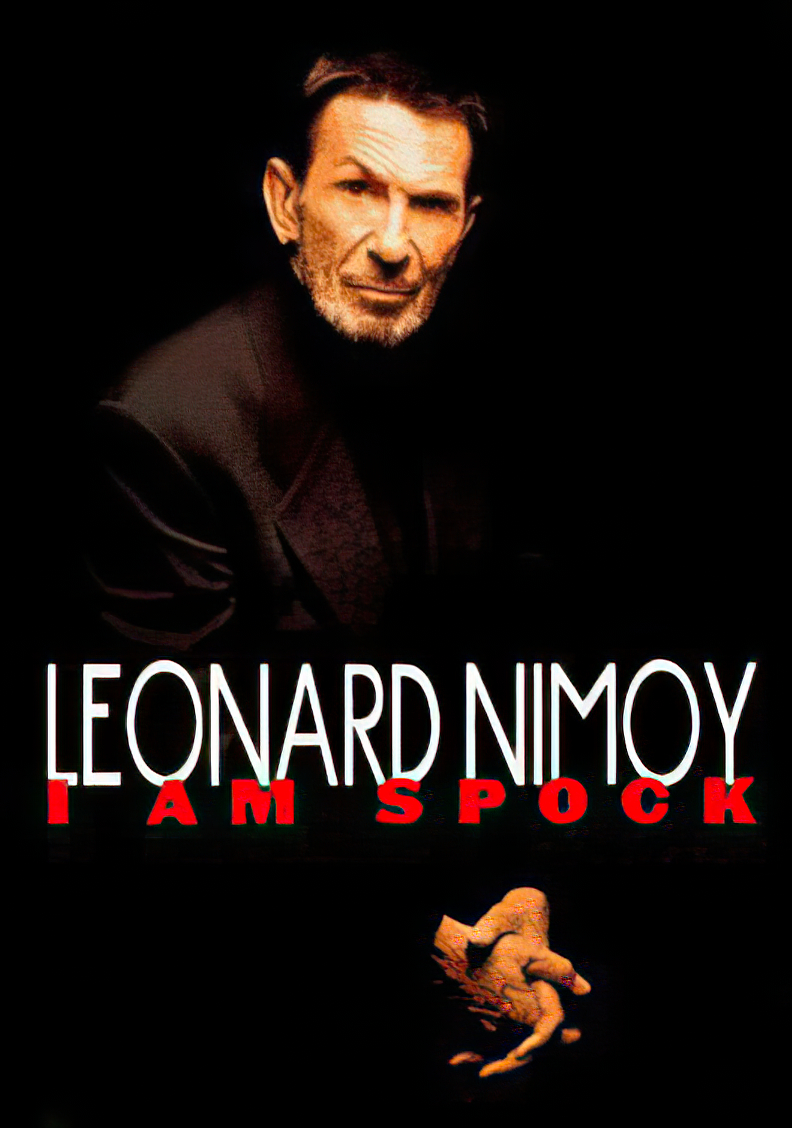 Story: Leonard Nimoy, who certainly needs no introduction, backtracks to his earliest days as an actor, the series of coincidences and connections that led to his most famous role, and the continuiation of that role – and his new role as a prominent director – on the big screen.
Story: Leonard Nimoy, who certainly needs no introduction, backtracks to his earliest days as an actor, the series of coincidences and connections that led to his most famous role, and the continuiation of that role – and his new role as a prominent director – on the big screen.
Review: In the 1970s, Leonard Nimoy’s first autobigraphical book, I Am Not Spock, aroused equal parts curiosity and ire among the burgeoning Star Trek fandom that was rising during the show’s post-cancellation syndicated run. Nimoy backpedals a lot in the early part of this book, trying to explain that, at the time, he was desperately trying to outrun his famous character’s shadow and prove that he was capable of many other things creatively.
In I Am Spock, Nimoy comes clean, through several “conversations” between himself and Spock, admitting that Spock’s logical, peaceful side has rubbed off on him. At the same time, it’s crystal clear that, like many towering creative talents, Nimoy has a fiercely emotional side. But to hear the man himself say it, it’s never out of control, just another color in his personal palette. Still, one gets a clear impression of both the positive and negative associations with the character that Nimoy has experienced; it’s gotten him work aplenty and opened the door to his directing career, but he’s also had to escape screaming crowds of fans by climbing down a the ladder of a fire engine from the top of a building. One can see why one might want to distance oneself from the Enterprise’s first officer…
And yet this time around, Nimoy embraces him. “I Am Spock” is a counterpart to William Shatner’s “Star Trek Memories” and “Star Trek Movie Memories” – the focus is clearly on Nimoy’s Trek endeavours, with significant (and, frankly, very welcome) detours into many of his other projects and professional experiences. Among the detours are tales of the making of Three Men And A Baby, The Good Mother and the outstanding TV movie Never Forget – in some cases, especially with the latter two, these prove to be more interesting material than well-worn war stories from the set of the Enterprise bridge. Nimoy’s directorial experience, his solemn preparations to portray the death of Spock in Star Trek II, and his attempts to keep the fifth and sixth movies in the franchise (as well as his refusal to participate in Generations), provide the real meat of the Trek movie chapters. Though I’d heard the story before, I was most amused now in retrospect to hear about Nimoy’s failed campaign to cast Edward James Olmos as the Klingon captain in Trek III before the role ultimately went to Christopher Lloyd. (Hey, there’s a precedent for Klingons winding up with important roles in Galactica lore – just ask John Colicos.)
But with the bulk of this book dealing with Star Trek, I found that, quite honestly, I’d heard the same stories time and again – either that, or Nimoy simply glossed over incidents that I was keenly interested in seeing from his perspective (such as the contract dispute that almost led to the recasting of Spock during the original series’ run). With that in mind, it’s Nimoy’s discussion of his other projects that interested me the most – and just as soon as I was really getting into these stories and soaking up the details, both artistic and technical, of his escapades in the director’s chair, he’d bring it back to Star Trek.
Overall, it’s a nice book, well-written and utterly engrossing in many places, but perhaps one a little bit too tailored for the audience who’s most likely to run out and snatch it up.
Year: 1995
Author: Leonard Nimoy
Publisher: Hyperion
Pages: 342 pages
